The Japanese kimono, which translates literally as “clothing” is one of the most recognizable articles of traditional national dress in the world. With the popularity of Japanese art, especially woodblock prints as Japan opened up following the Meiji Restoration the image of a woman in a kimono became one of the classic representations of Japan.
Although the kimono is not worn as an everyday garment today, it is still very much an icon of Japan and an exquisite piece of clothing. Some few older women and even fewer older men still wear kimonos daily however, most people don the kimono only on special occasions such as weddings, funerals or other formal events such as tea ceremonies. One of the biggest reasons that the kimono is not suitable for everyday wear is the prohibitive cost; a top-end women’s kimono alone may cost as much as $10,000, while a complete outfit with undergarments, ties, socks, sandals, obi (a wide sash used to secure the kimono) and accessories costs up to $20,000.
A kimono is a “T”-shaped collared robe that reaches to the floor with full-length, wide sleeves. The robe is always worn with the right side under the left (the exception being if one is preparing the dead for burial) and secured by an obi, which is usually secured in the back. Footwear for the kimono consists of tabi (split-toed, ankle-length socks) with geta (essentially a wooden sandal) or zori (cloth sandals).
Japanese Kimonos were influenced heavily by Chinese fashion via Japanese travel to China, with the style taking off around the eighth century. Over the years the outfit became more stylized when the kosode, a single layer robe formally considered underwear was worn and held closed with an obi. The Edo period saw the sleeves lengthen especially for unmarried women and the obi become wider with various styles of tying it becoming popular.
Kimonos are available in a variety of sizes, but for women, they are typically made in one size with adjustments being made by tucking and folding the garment for a custom fit. Interestingly, kimonos are made using an entire bolt of cloth that is about 36 feet long by about 14 inches wide that, because is has not been cut to fit, can be taken apart for both cleaning and re-tailoring. Traditional kimonos are made of silk, silk crepe and satin and the fabric is often hand-made as well as hand-decorated. Modern kimonos are often made from easier-to-care-for materials such as cotton, rayon, polyester and other man-made fibers. Repeating patterns on the kimono are usually reserved for less-formal kimonos where free flowing, creative and extensive patterns are used for more formal wear kimonos. The images depicted on the kimono are often indicative of the seasons; cherry blossoms may be seen as the motif on a spring kimono while red, yellow and gold maple leaves may decorate a fall kimono.
Kimonos range from casual/informal to extremely formal, with the levels of formality being determined by the type of fabric, patterns and colors used. There are also complicated rules that govern what level of formality is required. Proper kimono wear and etiquette requires an understanding of the symbolism of the kimono and other, more subtle messages which reflect the woman’s age and marital status at the time. There are at least ten styles of kimono for women ranging from a komon to the extremely elaborate uchikake, which is to be worn only by brides, is heavily decorated and is more of a coat with a train worn over a kimono and obi.
Kimonos for men are much simpler and less complicated than those of their female counterparts, often being black and decorated simply with five (formal) or three (less formal) kamon (family crests) on them. Men’s formal kimonos are traditionally subdued in color with black, brown, dark blue or dark green being common, while casual kimonos are typically brighter colors such as light purples, blues and greens. Men also often wear hakama, which are typically black and white striped and may have separate legs or may drape similar to a skirt. Formal hakamas are often seen worn by grooms at weddings and less formal can be seen on aikido practitioners. Women also wear hakama, but typically only for graduation ceremonies or traditional sports such as kendo or kyudo.
Although not seen on the street often, a visit to a major hotel on any weekend is almost certain to yield a mother lode of kimono finery as a weekend wedding typically brings out more than a few in various styles. For those who wish to purchase kimonos, there are used kimono shops throughout Japan and westerners will sometimes buy used kimono not to wear, but for their fabric or to use as decorative wall hangings.
For a look at an unconventional and unexpected work of Japanese art, there is no end to the patterns, colors and beauty of the Japanese kimono and keeping an eye peeled while traveling through Tokyo may bring unexpected visual delights.
Story by James Souilliere
From J SELECT Magazine, Feburary2009

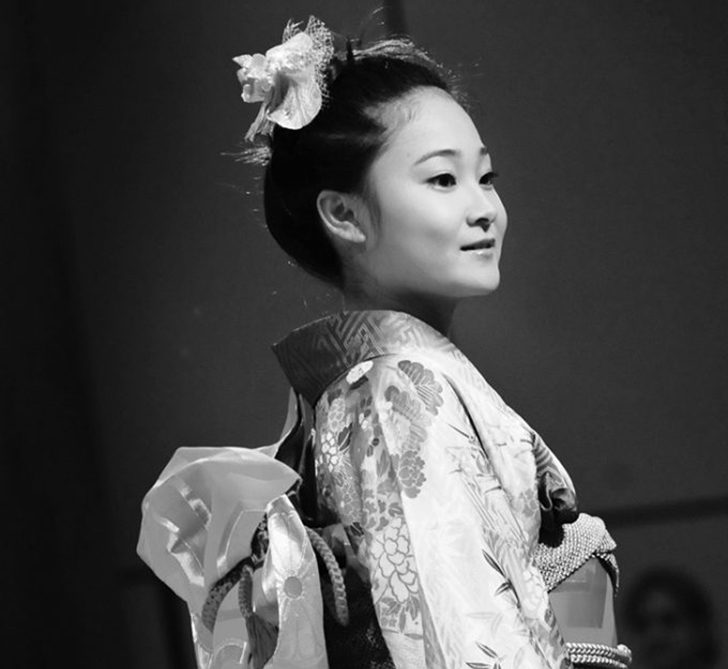




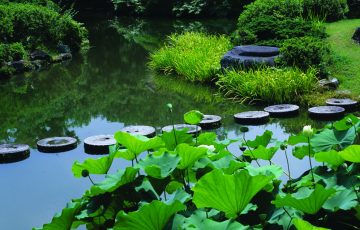
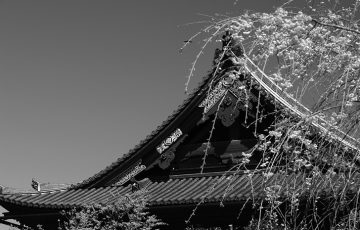
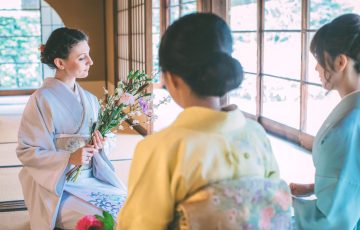
-360x230.jpg)
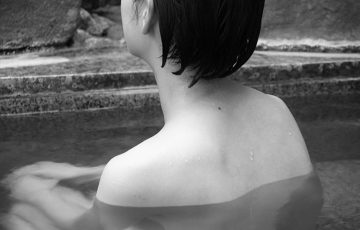
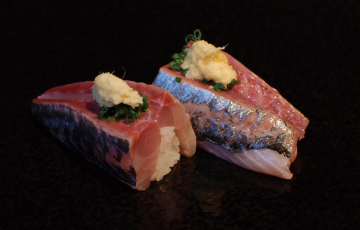



Recent Comments